Welcome!
The objective of this course is to use broad brush strokes to paint a picture of modern thinking on evolution, both of living organisms and the planet they inhabit. The first part of the course will take a decidedly historical and naturalistic perspective, focusing on the timeline of evolution (based on the geological record of fossils and geochemical signatures) and how the natural history of both the inanimate and animate worlds in the hands of Darwin and Wallace (and their distinguished predecessors) led to the articulation of the tenets of evolution by natural selection as well as a picture of a dynamic Earth. This will be followed by an examination of the emergence of modern genetics which gave us a molecular picture of variation. Next, we will undertake a study of the forces of evolution such as selection, drift, migration and mutation and how population genetics provides a quantitative framework for examining the interplay between these forces. With these preliminaries in hand, we will then turn to a variety of case studies in evolution that illustrate the principles of the subject with some of the remarkable studies that have been made to test these ideas. We will close with a discussion of the great human experiment in which human activities have rewritten the story of evolution.
Where and When?
This course takes place Tuesday and Thursday in 267 ARMS. Lectures are held from 1:00 to 2:25 pm .
A lab section occurs every Tuesday night from 7:00 - 10:00 PM at 16/17 Braun.
Announcements
Feb. 10, 2016
The hemocytometer images from the Luria-Delbrück experiment and the Matlab code we wrote are now posted. You can find them on the lab schedule and code page respectively.
Jan. 7, 2016
Sean's office hours will be from 11:30 - 1:00pm each Monday outside of Red Door.
Jan. 1, 2016
Before the start of the course, please read the three Matlab tutorials found on the Matlab tutorials page: Matlab Introduction, Odes and Stochastics with Matlab, and Image Analysis with Matlab.
